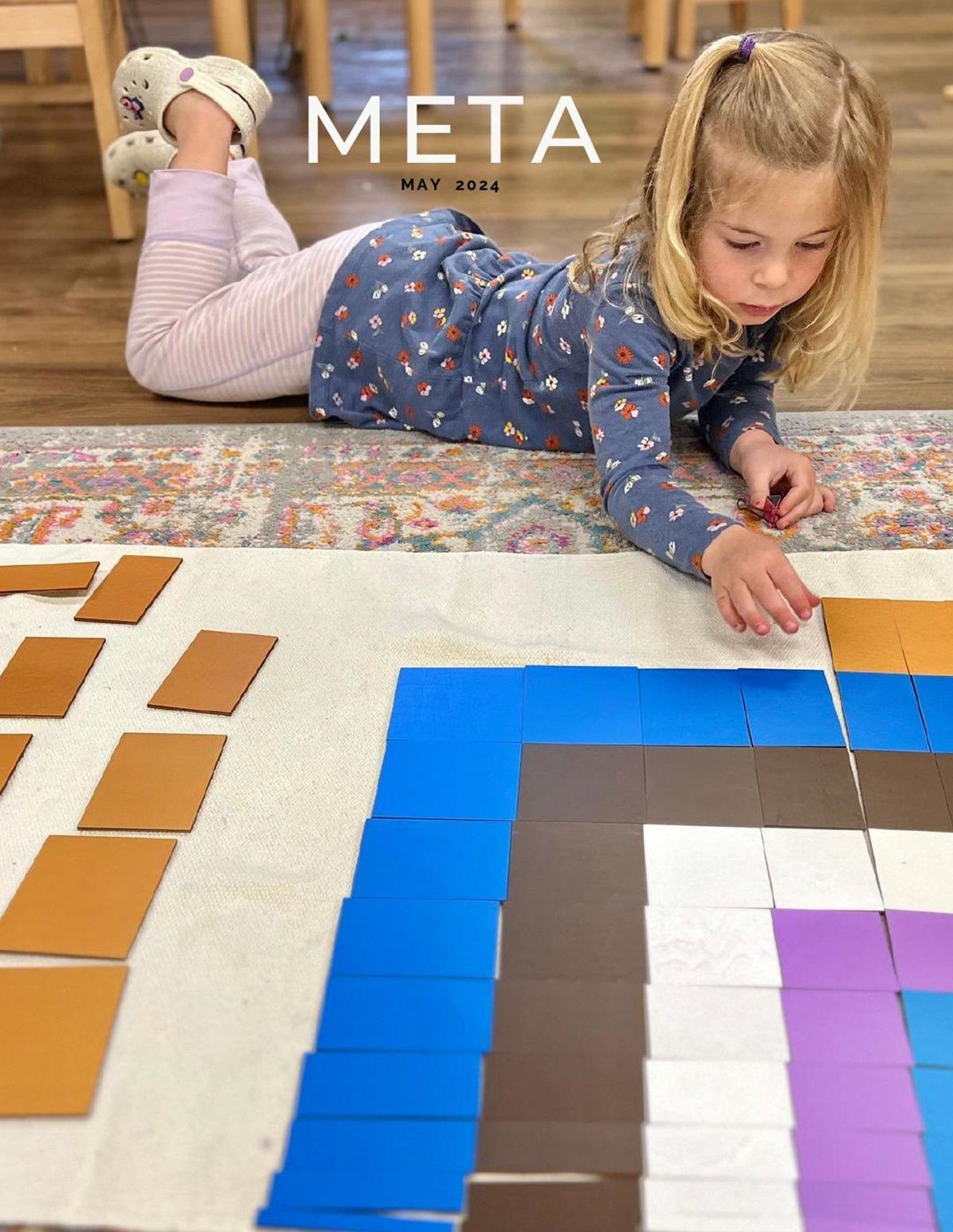One time, I was telling a friend about my job working at a Montessori school and she said, “Oh, Montessori, that’s where kids get to do whatever they want, right?”
Not exactly.
Freedom Within Limits
In an authentic Montessori classroom, the children are free to make choices for themselves within certain limits and those limits are established by the adult. When we talk about giving children a choice, what we mean is offering them the freedom to choose between things we consider to be appropriate. Giving children options to choose is a learned skill; it’s a muscle that needs strengthening. And what better place to practice this skill than in a safe, loving and judgment-free environment.
As Montessori teachers, we spend a great deal of time preparing the environment for the child. Here are some ways to begin setting up your home to be a safe environment where your child has the freedom to practice choices within limits.
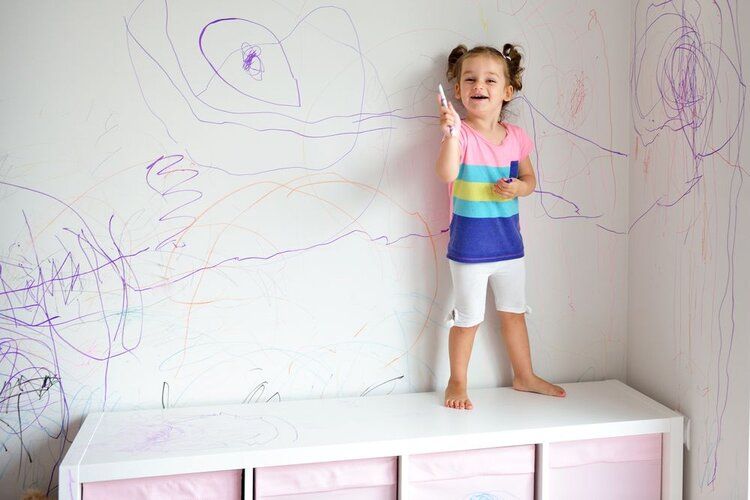
Freedom of choice does not mean a free-for-all.
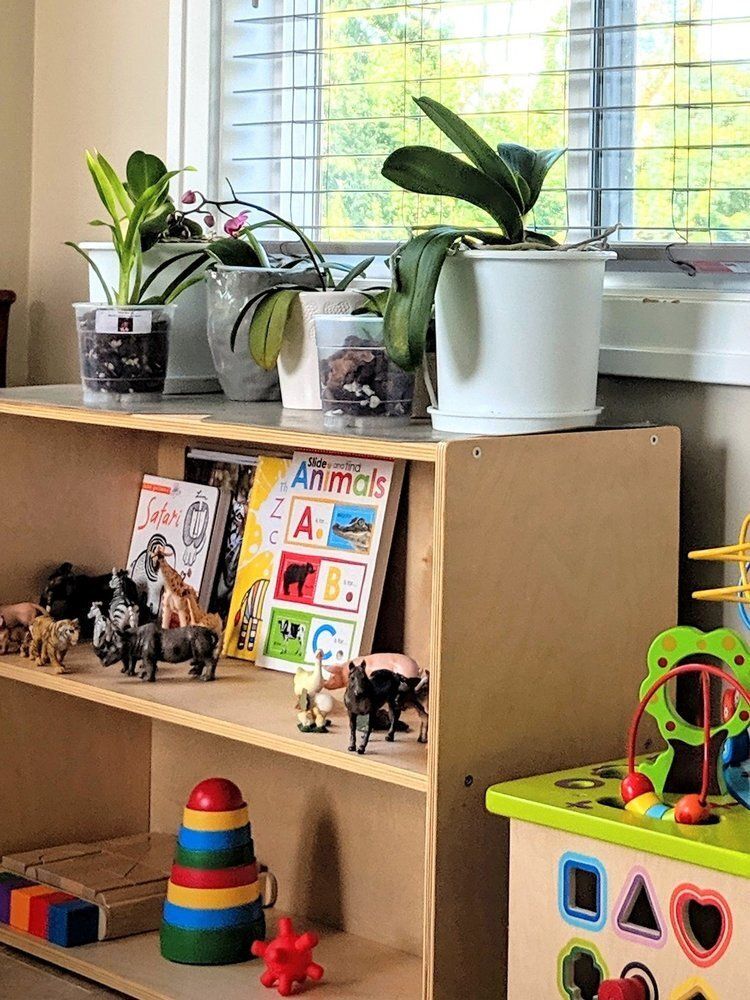
A clearly defined space for a young child is inviting and orderly.
Creating Space
Create a space where your child is free to work and play. Have toys at a height your child can access and in bins or baskets they can successfully open and close. Have thoughtful, purposeful and a limited amount of toys that encourage your child to enjoy extended play. Too many toys can be overwhelming so stick with just the ones they love and continue to play with over and over again. You can always rotate! For more ideas, click here.
Laying Down The Ground Rules
In the Montessori classroom, we keep it simple with three rules. 1) It must be safe for yourself, 2) It must be safe for others, and 3) It must be safe for the environment (or toy or piece of furniture, etc). The beauty of these ground rules is that they can be applied in any setting or circumstance. Instead of creating a long list of things your child can't do, these three rules provide a structure for your child to understand what they can do. Of course there are specific rules that will change when you go to a play date or restaurant, but the ground rules are always the same.
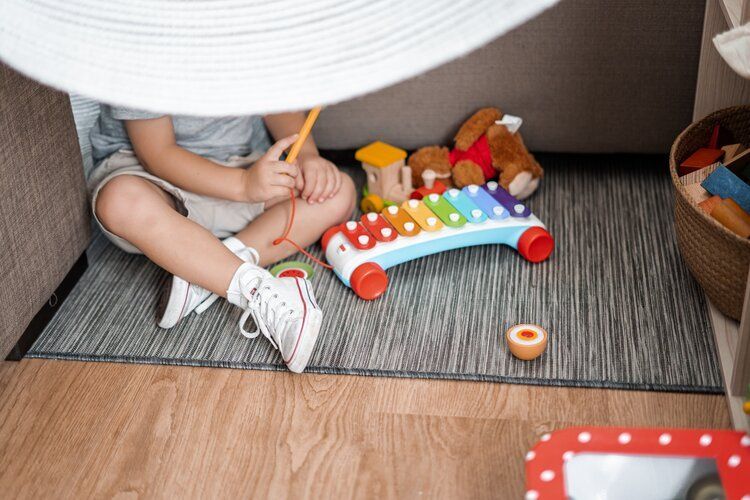
.Exploration and respect for the home environment can co-exist.

Children appreciate calm, too.
Setting The Tone
Feel empowered to set the tone for your own home and show your child how to use the environment. Use a calm, yet firm voice when explaining a rule or reminding your child of the expectations. You can use words such as, “In our home, we walk inside,” “In our home, we take our shoes off.” Trial and error will help you to find the right voice to use. Even as Montessori guides we continue practicing to refine the way we speak to children. Be gentle with yourself as you continue to find the voice you want to use.
Remaining Consistent And Following Through
I will acknowledge that it can be difficult at first when setting ground rules. This can be exceptionally difficult if you are working to change old habits. Maybe you used to allow your child to eat food all over the house but now you have decided all food must be eaten at the table. Explain to your child that a rule is going to change and allow time for your child to adjust. At first your child might throw a fit, argue or ignore you. But have faith, your child will be able to adjust. These tough behaviors are a developmentally appropriate way for your child to find out how serious you are and if this new rule is for real. The more consistent you are the easier it gets. Your child will begin to understand the new rules and will trust you and the environment. Hold firm and stay calm.
Letting Your Child Feel The Discomfort Of The Consequences
We can explain to our child how cold it is outside until we are blue in the face, but sometimes feeling the weight of the consequences is the most impactful lesson. Often, experiencing the natural consequences is enough for the child to change course. For example, if you choose not to wear your coat, you will feel cold. If you leave your toys out in the rain, they will be ruined. Then there are the logical consequences. If you choose to throw your toy then you don’t get to use the toy. If you are mean to your friend, they won’t want to play with you. For younger children, it is important to clearly and simply explain the natural and logical consequences. Understanding the cause and effect can be a developmental leap and your child may need support. Allow your child time to feel the discomfort of the consequences when appropriate. If a toy is ruined in the rain, don’t replace it. If the ice cream cone is dropped on the ground don’t buy another one.
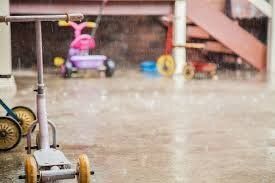
Sometimes toys aren’t ready to use if they haven’t been cared for.
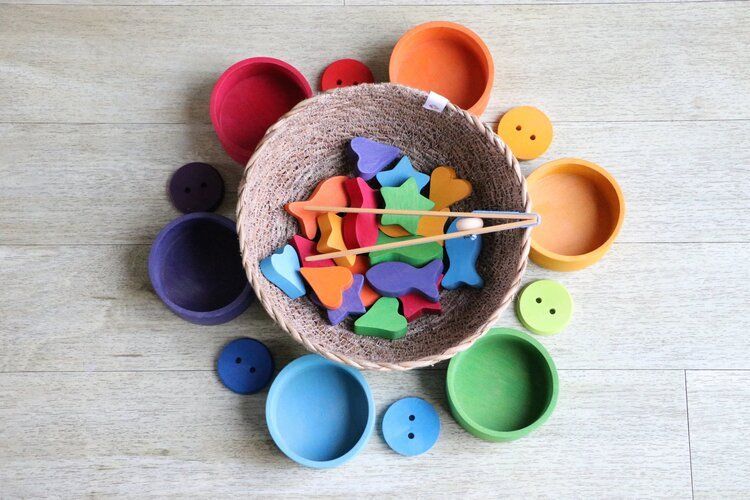
Choice is a beautiful thing.
It is so important to create a space for your child to practice choices when they are young and the consequences are manageable. As your child grows the weight of the consequences grows as well. Ultimately, we are teaching our children right from wrong. We are helping them see how their choices affect their outcomes and modeling self-discipline in our own lives. Like we tell the children, “It’s big work, but you can do it.”


